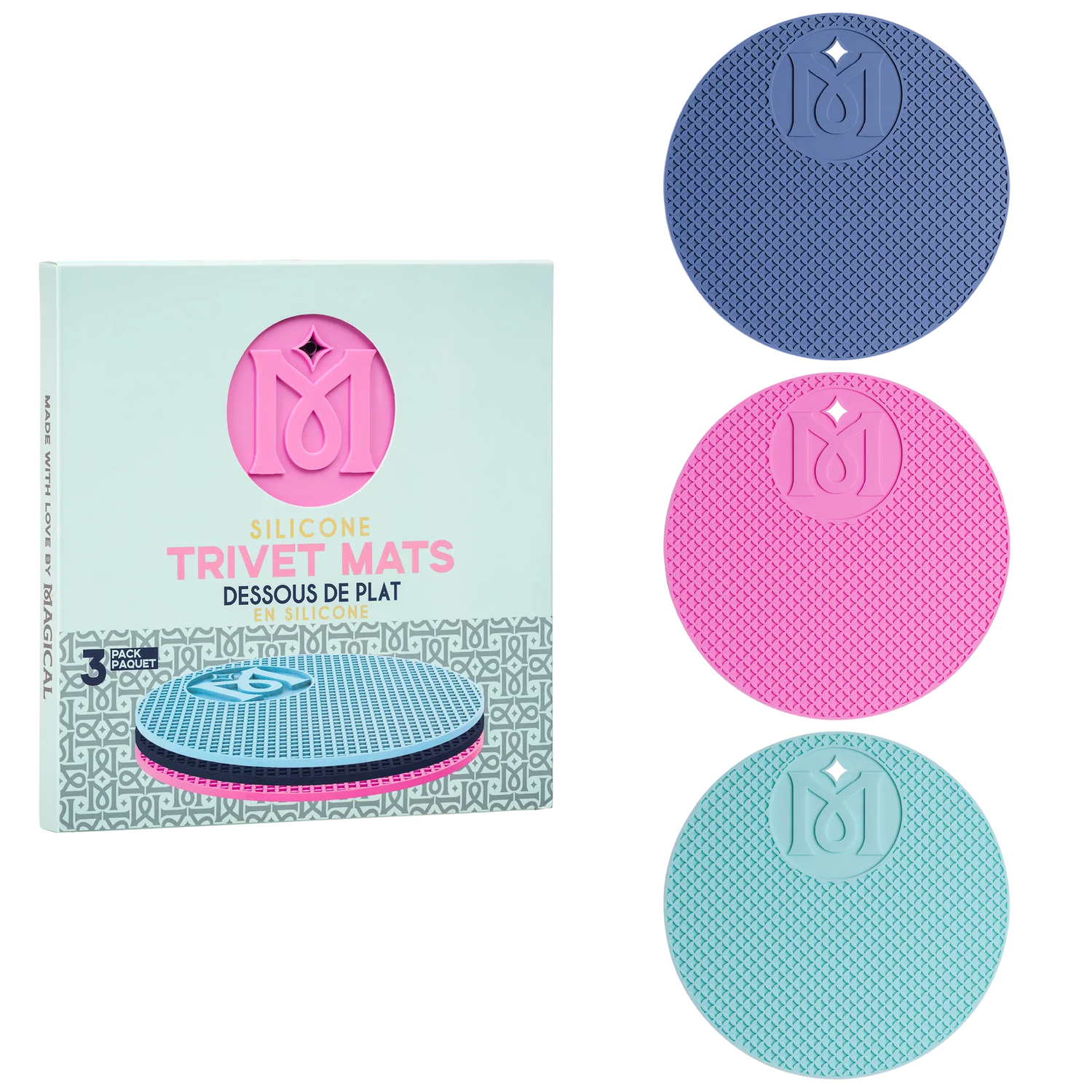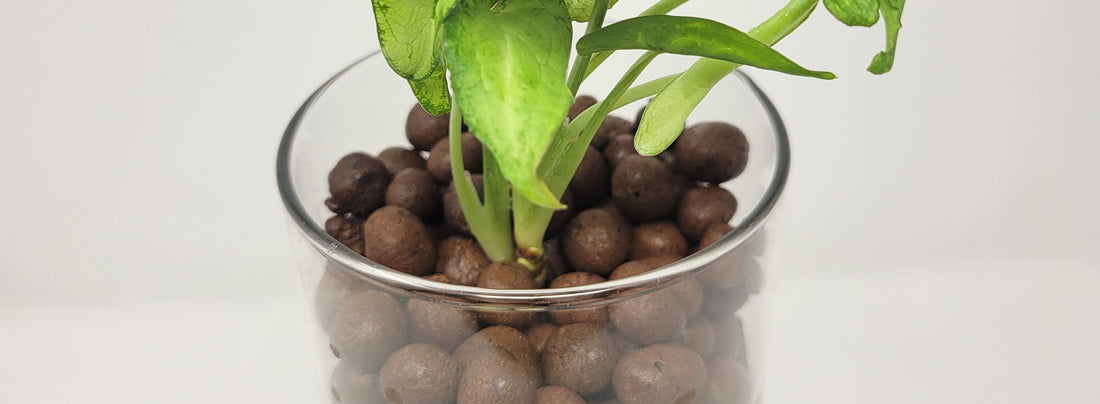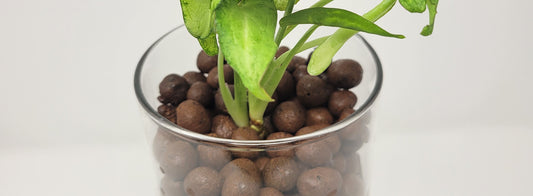LECA is a common growing media used in hydroponics and aquaponics. Recently it has become more popular for use with houseplants due to its aesthetic appeal and superior drainage.
LECA'S History
LECA is short for Lightweight Expanded Clay Aggregate, but is sometimes referred to as Hydroton or simply clay balls. Hydroton is the original brand, but as popularity increases more brands are becoming available, as well as different sizes and shapes. LECA’s history and use dates to long before its use in Hydroponics. It was initially designed in the 1930s for use in building materials, like concrete.
How LECA is Made
To make LECA, natural unprocessed clay matter is cut into small pieces and placed in a rotary kiln heated to about 2000℉. Inside the kiln, gasses trapped inside the clay begin to expand, which results in air pockets that are baked into the mostly round shaped clay pebbles that we know and love.
How to Use LECA in Your Garden
When used in gardening, clay pebbles are typically added to a net cup or pot to provide structure and support for a plant's root system. Plants are usually transplanted while they are young, however there are methods for transplanting more mature plants into LECA. It can be used with or without a net cup, or added to soil to increase drainage. If using a net cup, be sure to use one large enough to accommodate the mature plant's stem to avoid needing to cut the plant out later.
LECA is also used to propagate clones, such as roses. Cuttings are placed in a container with 1- 2 inches of LECA and cloning solution. Using this method, many cuttings will be rooted within 14 days.
Once a plant has been harvested or repotted, the LECA can be cleaned and reused. In some cases a simple rinse may be enough, but if a plant had root rot, mold, or disease, the LECA should be sanitized before reuse. To sanitize, either boil in tap water for 20 minutes, or spray thoroughly with a 50:50 mixture of hydrogen peroxide and water and allow to fully dry.
Benefits of Growing with LECA
Although the hard consistency of this growing media may seem off putting or less than ideal, LECA’s pH neutrality and resistance to nutrient leaching provide a stable substrate for root growth and development. Air bubbles within the clay make them lightweight and allow roots to shift the pebbles as they grow, as long as the root system has enough room.
The porous nature, and the spaces between the pebbles increase aeration of the root zone. Increased aeration reduces the risk of root rot, which is typically caused by a buildup of bacteria in oversaturated soil or grow media. Additionally, the large size (generally about 0.25” - 1” in diameter) means that LECA will not wash away, fall through most net cups, or clog pumps.

Drawbacks and Alternatives
As with anything, there are a few drawbacks. Although there are specialized methods for starting seeds directly in LECA, most growers prefer to germinate seedlings in a secondary grow media. The young plants are only transplanted once they develop roots and true leaves. Below are some of the most common alternatives for seed-starting.
- Rapid Root Plugs, composted organic material bound together by plant-derived polymer where seeds germinate before transplanting the entire plug into LECA; or
- Rockwool cubes, molten rock spun into cotton candy-like fibers and then compressed into cubes, blocks, or slabs where seeds germinate before transplanting the entire cube into either a larger rockwool cube or into LECA;
- Coconut Coir, a pre-buffered and pH stabilized organic media used to germinate seeds before rinsing the seedling and its roots clean of organic matter, and then transplanting the clean roots and stem directly into LECA.
Another concern is nutrient and hardwater buildup on LECA. While unsightly, it is not usually harmful to plants. To clean and remove the buildup, soak the clay balls in a flushing solution mixed according to manufacturer's directions.
Is LECA sustainable?
For many, sustainability is a major factor in the decision to grow soilless. LECA is one of the most sustainable options on the market because it can be sanitized and reused almost endlessly. This same feature makes it much cheaper in the long-term, despite the higher initial cost for purchase.
Recently, LECA was explored for use in soil management, nutrient filtration, and for creating sustainable biofilms. The United States Department of Agriculture study conducted by the University of Illinois, used LECA as a soil amendment to improve container soil mixtures leading to cheaper plant production and higher quality crops. LECA was also shown to perform significantly better as a filtration substrate in aquaponics (a method of growing plants in fish tanks).
Whether you garden using hydroponics, aquaponics, or traditional soil methods, LECA is one of the most versatile items to keep in your garden toolbox.






